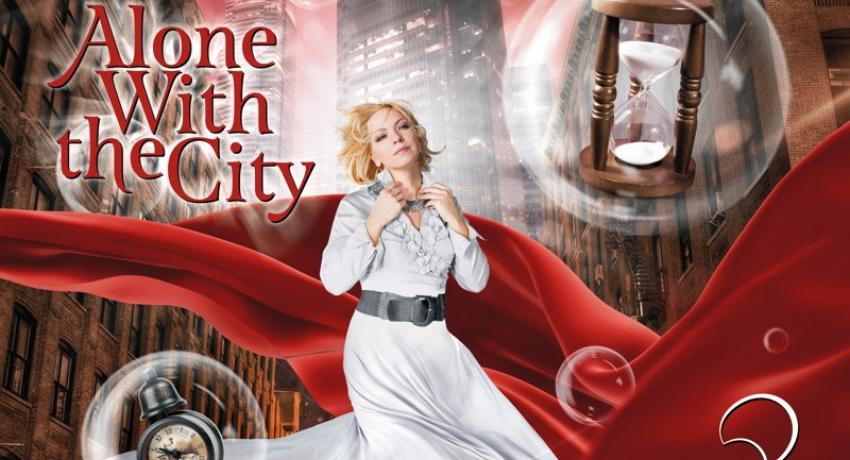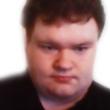In 2011, Russian keyboardist, composer and producer Olga Stankevich took a decidedly European approach to electronic club/dance music on her first album Piano and the City: Dreamway. Everything about that album, from the melodies to the beats to the production, was easy to identify as a European recording. And Stankevich continues in that vein on her second album, Alone With the City, which is every bit as European-sounding as her previous release.
For many years, dance/club music has had a large European branch. That was true back in the late 1970s, when artists like Cerrone, the Munich Machine, Giorgio Moroder and Love & Kisses exemplified the European school of disco and were easy to distinguish from the soul-drenched American disco of the Trammps, Moment of Truth, Loleatta Holloway, Sylvester, Linda Clifford, Gloria Gaynor and others. Certainly, dance/club music has evolved considerably since the Jimmy Carter years, and no one will mistake the entirely instrumental Alone With the City for a Euro-disco recording of the late 1970s. Stankevich, rather, fits into the modern school of clubland European electronica, and it is easy to picture a dance floor in Milan, Paris, Rome or Munich coming alive when “Walk,” “Smile,” “Beyond the Time” and other ethereal instrumentals are playing.
However, it would be inaccurate to describe Alone With the City as strictly an album of dance or club music because not all of the selections are aimed at the dance floor. The reflective, contemplative “Sound Sleep” has a slow tempo and is really new age rather than dance music, and “Moscow Midnight” is another laid-back selection that is best described as new age (or perhaps ambient electronica). But more often than not, Alone With the City is quite danceable and has the thumping sound that European club music is known for. And even though some of the tracks are a lot more danceable than others, the album does not sound disjointed, confused or unfocused by any means. Stankevich is clearly going for a lush and ethereal mood, and she maintains that mood whether she is being relaxed on “Sound Sleep” and “Moscow Midnight” or going for dance-oriented energy and exuberance on “Walk,” “Recalcitrance,” “Smile,” “Beyond the Time” and the trance-influenced “In Limbo.” Trance is a form of electronica that continues to be quite popular in parts of Europe, and when Stankevich incorporates a trance influence on “In Limbo,” it works well for her.
Electronica comes in many different forms in Europe. Some European techno goes out of its way to be forceful, abrasive and intense and favors harsh aggression over nuance. Techno is not known for its subtlety or use of understatement, but Stanevich stays away from the harshness and in-your-face aggression of techno and keeps things ethereal. Alone With the City often demonstrates that European dance/club music can be energetic and ethereal at the same time; one certainly does not rule out the other.
It should be noted that Stankevich has a background in European classical music. In fact, she is a classically trained pianist (Germany’s Johann Sebastian Bach, Russia’s Sergei Rachmaninoff and the Hamburg-born Johannes Brahms are among the European classical greats she listened to growing up in Russia). And while Alone With the City is not classical music, it is classical-influenced. Stankevich employs classical overtones on “Sound Sleep” and “Moscow Midnight” as well as on the uptempo dance/club offerings that dominate her second album.
Stylistically, this 2014 release is not a radical departure from its predecessor and pretty much picks up where Piano and the City: Dreamway left off. Those who enjoyed Piano and the City: Dreamway three years ago should have no problem appreciating or enjoying Alone With the City as well.




